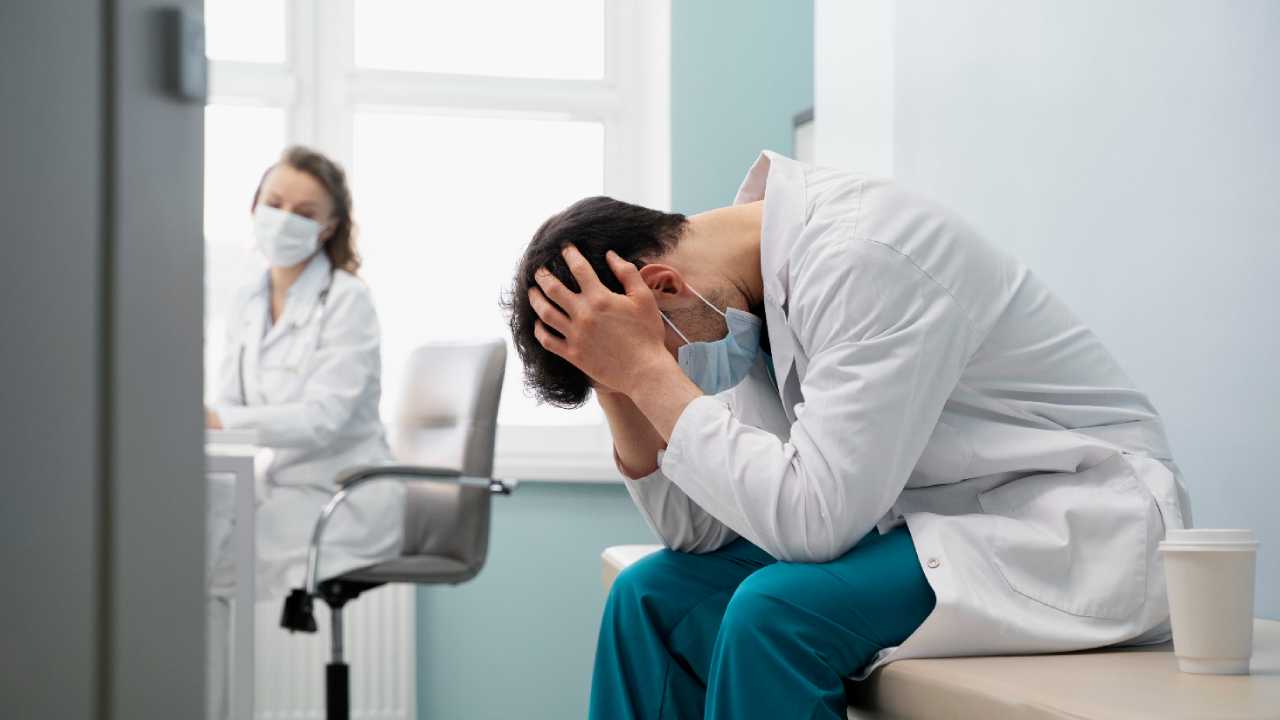

Sponsored Ads

Sponsored Ads

Los Angeles, the second-largest city in the United States, thrives as a global hub for entertainment, healthcare, and commerce. It houses world-renowned hospitals, research institutions, and medical professionals. Despite this, errors in healthcare settings occur, leaving patients with life-altering consequences. Identifying the at-fault party strengthens a claim and increases the chances of securing fair compensation.
A top-rated Los Angeles medical malpractice attorney creates a clear path forward and maximizes the likelihood of justice.
Potential At-Fault Parties in a Medical Malpractice Lawsuit
This piece uncovers the potential at-fault parties in a medical malpractice lawsuit and what makes each legally accountable.
Doctors and Surgeons
Physicians and surgeons must provide proper care. Mistakes in diagnosis, surgery, or treatment often result in serious harm. If a doctor authorizes the wrong medication, fails to diagnose a condition, or makes an error during surgery, they bear legal responsibility for the damages. Some doctors rush through patient evaluations, leading to misdiagnoses or failure to recognize life-threatening conditions.
Surgical errors, such as abandoning instruments inside a patient's body or operating on the wrong site, result in severe complications. In such cases, pursuing legal action against the responsible physician ensures accountability and compensation for the harm suffered.
Nurses and Medical Staff
Nurses and other healthcare workers assist in treatments, administer medications, and monitor patients. Mistakes such as giving incorrect doses, failing to report symptoms, or mishandling medical equipment lead to severe consequences. A malpractice claim against a negligent nurse holds them accountable for these errors.
Hospitals and Healthcare Facilities
Hospitals employ staff and provide medical services, making them legally responsible for negligence occurring under their care. Poor hiring practices, lack of proper training, or unsafe conditions contribute to patient harm. If a facility fails to maintain appropriate standards, it faces liability for the damages suffered.
Some hospitals operate with understaffed departments, increasing the chances of errors due to overworked medical professionals.
Pharmacists and Pharmacies
Pharmacists ensure that patients get the correct medications with proper dosages. Dispensing the wrong drug or failing to warn about dangerous interactions leads to serious health risks. If a pharmacy error causes harm, legal action against the responsible party remains an option. Some errors involve confusing medications with similar names, leading to patients receiving drugs for entirely different conditions.
Pharmacists must also check for harmful interactions between prescriptions. If they neglect this duty, patients may experience severe side effects or fatal complications, making legal action necessary.
Medical Device Manufacturers
Defective medical equipment contributes to patient injuries. Companies producing faulty pacemakers, implants, or surgical tools are liable when their products cause harm. Lawsuits against manufacturers focus on design flaws, manufacturing defects, or failure to alert about potential risks. Some devices malfunction after implantation, forcing patients to undergo corrective surgeries.
Laboratories and Diagnostic Centers
Accurate test results guide proper treatment. If a lab technician misreads a test, contaminates a sample, or fails to report findings correctly, the consequences affect a patient's health. These facilities bear responsibility for errors that lead to incorrect diagnoses or improper treatments. Holding diagnostic centers accountable ensures greater accuracy and better patient outcomes.
Ambulance Services and Emergency Responders
Emergency responders provide critical care in urgent situations. Mistakes during transport, delayed treatment, or improper medical procedures result in severe complications. When negligence occurs, those involved face legal consequences. There are cases involving ambulance crews administering incorrect emergency medications or failing to secure a patient properly during transport, leading to additional injuries.
Response delays caused by preventable miscommunication or poor route planning may worsen a patient's condition before they reach the hospital. Pursuing a claim against negligent emergency responders ensures they follow proper procedures to save lives.
In conclusion, medical malpractice cases involve multiple parties, each playing a role in patient care. Holding the right individuals and organizations accountable strengthens a claim and ensures justice for the injured.
Sponsored Ads

Sponsored Ads

